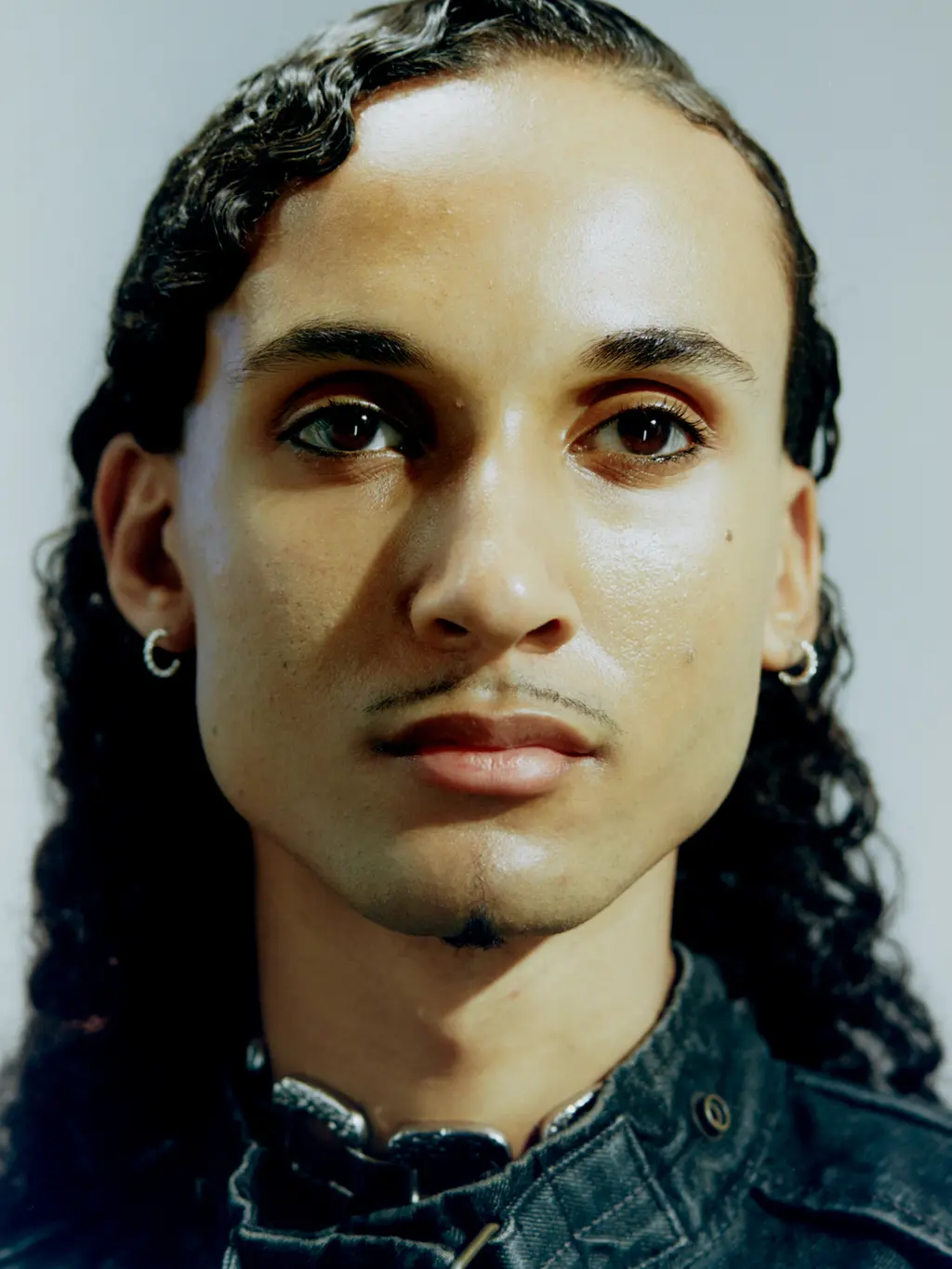Capturing style as resistance for non-binary people

Photography duo Sasakiavins’ first photo book, Spring, presents gender self-expression via bleach jobs, carabiners and graphic tees in their wonderfully human project.
Style
Words: Megan Wallace
Enigmatic photography duo Sasakiavins, partners in life and work, use their medium to think aloud. Probing restrictions with a proverbial stick, their practice is all about presenting alternate realities outside of dull social boundaries which continue to tie and trip us up.
“Our daily lives are surrounded by reminders that oversimplifying complex human identities can often reinforce stereotypes and perpetuate a continuation of prejudice,” says the London-based duo. “Navigating through the intricacies of our society’s relationship with categorisation and its limitations led us to focus our attention on subjects that transcend outdated ideas.”
The duo’s first photo book, then, is a dreamy, timely depiction of non-binary youth shot in relaxed, pared-back settings. Spring, as the book is titled, places much-needed emphasis on members of a generation who are living, breathing evidence that gender is a fluid, evolving spectrum – regardless of tiresome daily debates in the papers.
The idea for Spring came about following a chance encounter with two of the book’s subjects, Santiago Franco Schicke and Naissa Essart-Neilsen, who are both non-binary. Upon meeting the two individuals, Sasakiavins were struck by the “strength and resilience” of the duo, who innately challenged the gender binary. So, after photographing both Essart-Neilsen and Schicke, they tapped the latter to act as casting director for the project, and embarked on a year-long process of casting and photographing the twenty individuals who make it up.



Naturally, the experience has given Sasakiavins a fresh perspective on gender. “[Our subjects’] presence mirrored the notion that people possess diverse and multifaceted identities,” they say. “We sought to explore and celebrate the infinite nuances embedded within self-expression.”
Flicking through the book, there’s an abundance of mullets, fresh dye jobs and piercings making up the sitters – as well as their multifaceted wardrobes spanning lacy vest tops to baggy cargos. But while these subversive looks make for vibrant portraits, the Sasakivians emphasise that each model was completely self-styled. “We photographed each person in their preferred daily clothes as it was important to have them wear what they felt represented themselves,” they explain.
This is style at its most pertinent: communicating thoughts, emotions and feelings through a visual identity. For non-binary people, the timeless process of honing personal style is just as important as coming-of-age. Of course, there’s no one way to “dress non-binary” – please, brands, stop pushing those grey unisex hoodies – but there’s no denying that clothes are an integral part of our gender expression. And for non-binary folk, it’s particularly vital. When identities outside of the male/female binary aren’t yet properly recognised by our governments or institutions, choosing clothes that reflect your identity is both a gender-affirming process and an act of resistance.



Whether or not Spring has you eulogising about the nuances of queer style, it is a rare example of non-binary individuals presented with dignity and grace, away from sensationalist media where their very existence is debated.
For Sasakiavins, it’s a gentle statement, one which highlights the innate and universal humanity within gender diversity. “We always feel that photography can have a unique way of saying things indirectly and gently,” they say.
“We hope Spring reminds people that we all possess diverse and multifaceted identities.”
The first edition of Spring is self-published, available at sasakiavins.com. All profits will be donated to akt, an LGBTQ+ youth homelessness charity.







